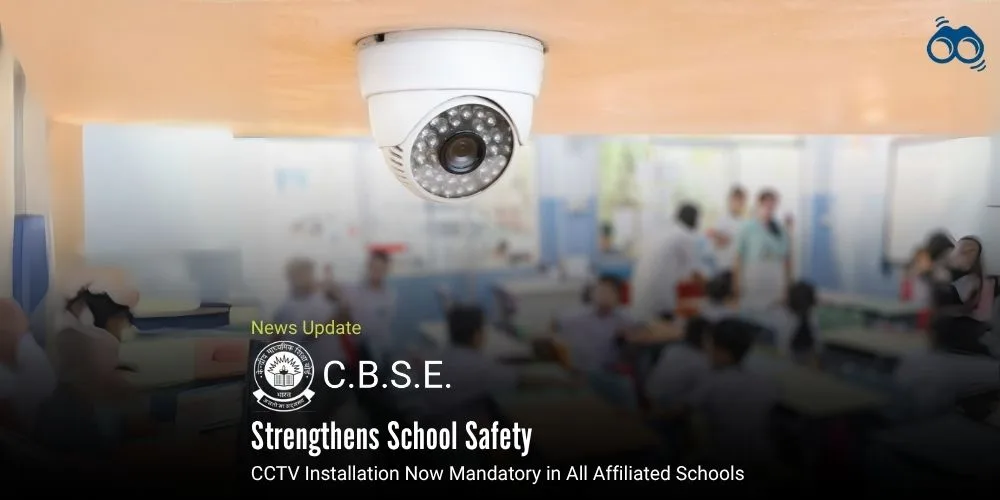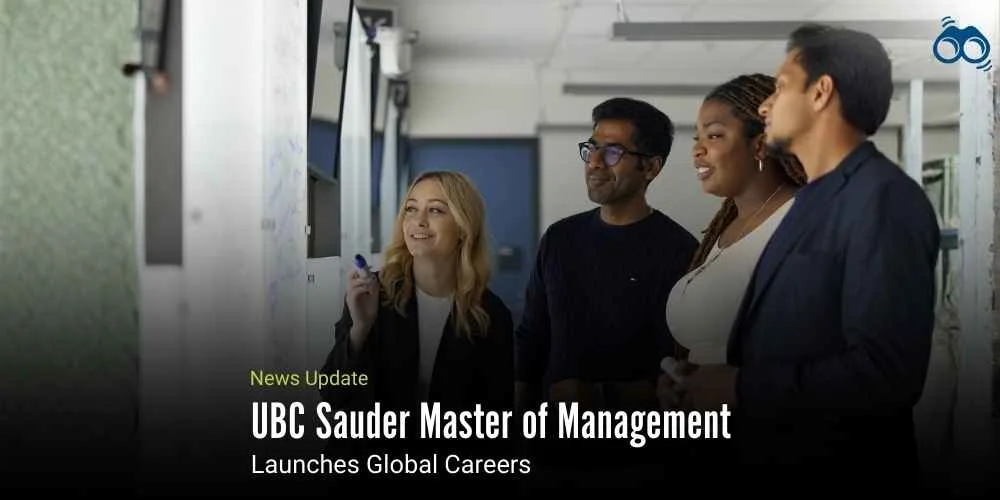CBSE Formalises CCTV Requirement for School Affiliation Under Chapter 4 Infrastructure Norms
CCTV Surveillance Made Mandatory in CBSE Schools Under Updated Safety Guidelines
In a decisive move to reinforce student safety and institutional accountability, the Central Board of Secondary Education (CBSE) has amended its Affiliation Bye-Laws, 2018, under Chapter 4, by introducing a mandatory provision for high-resolution CCTV cameras with audio-visual recording capabilities across all affiliated schools. This directive, issued on 21 July 2025, formalises earlier recommendations and aligns with the guidelines set forth by the National Commission for Protection of Child Rights (NCPCR)2.
According to the revised norms, schools are now required to install CCTV cameras in all critical areas of the campus, including entry and exit points, corridors, staircases, classrooms, laboratories, libraries, canteens, storerooms, playgrounds, and other common areas. However, to preserve privacy, toilets and washrooms have been explicitly excluded from this requirement.
The cameras must support real-time recording and be connected to secure storage systems capable of retaining footage for a minimum of 15 days. Schools are also expected to maintain backups for the same duration and ensure that recordings are accessible to regulatory authorities upon request. CBSE’s decision is grounded in the NCPCR’s Manual on Safety and Security of Children in Schools, which defines school safety as encompassing both physical and emotional well-being. The manual highlights that emotional threats, such as bullying and psychological stress, often go unnoticed and require proactive measures for detection and prevention.
While the NCPCR had previously recommended the installation of CCTV, the CBSE’s latest directive makes it a binding condition for school affiliation. The Board has urged institutions to implement the measure “in letter and spirit,” emphasising that safety is a shared responsibility among school authorities, staff, students, contractors, and visitors. With this mandate, CBSE reinforces its commitment to creating secure, transparent, and supportive learning environments for every child across its affiliated institutions.
Editor’s Note:
The Central Board of Secondary Education’s decision to mandate CCTV surveillance across affiliated schools is a timely and necessary step towards ensuring a safer educational environment. In an era where concerns around student safety, both physical and emotional, are increasingly complex, such measures offer a practical layer of protection and accountability. While technology alone cannot replace human vigilance, the presence of high-resolution cameras with audio-visual capabilities can deter misconduct, assist in early detection of safety issues, and provide reliable documentation when incidents occur. By formalising this requirement, CBSE has rightly placed student welfare at the centre of its affiliation standards, encouraging schools to adopt a culture of transparency and collective responsibility. This initiative signifies a shift towards proactive, systems-based thinking in school safety, prioritising students' physical, emotional, and psychological well-being. Schools are now seen as holistic environments where children must feel secure and supported, not just academic centres. This offers reassurance for parents and guardians and an opportunity for school administrators to strengthen safety protocols and build community trust.
Skoobuzz underlines that by integrating surveillance as a standard feature of school infrastructure, CBSE has signalled that safeguarding students is not just a policy requirement, it is a moral imperative.














0 Comments (Please Login To Continue)